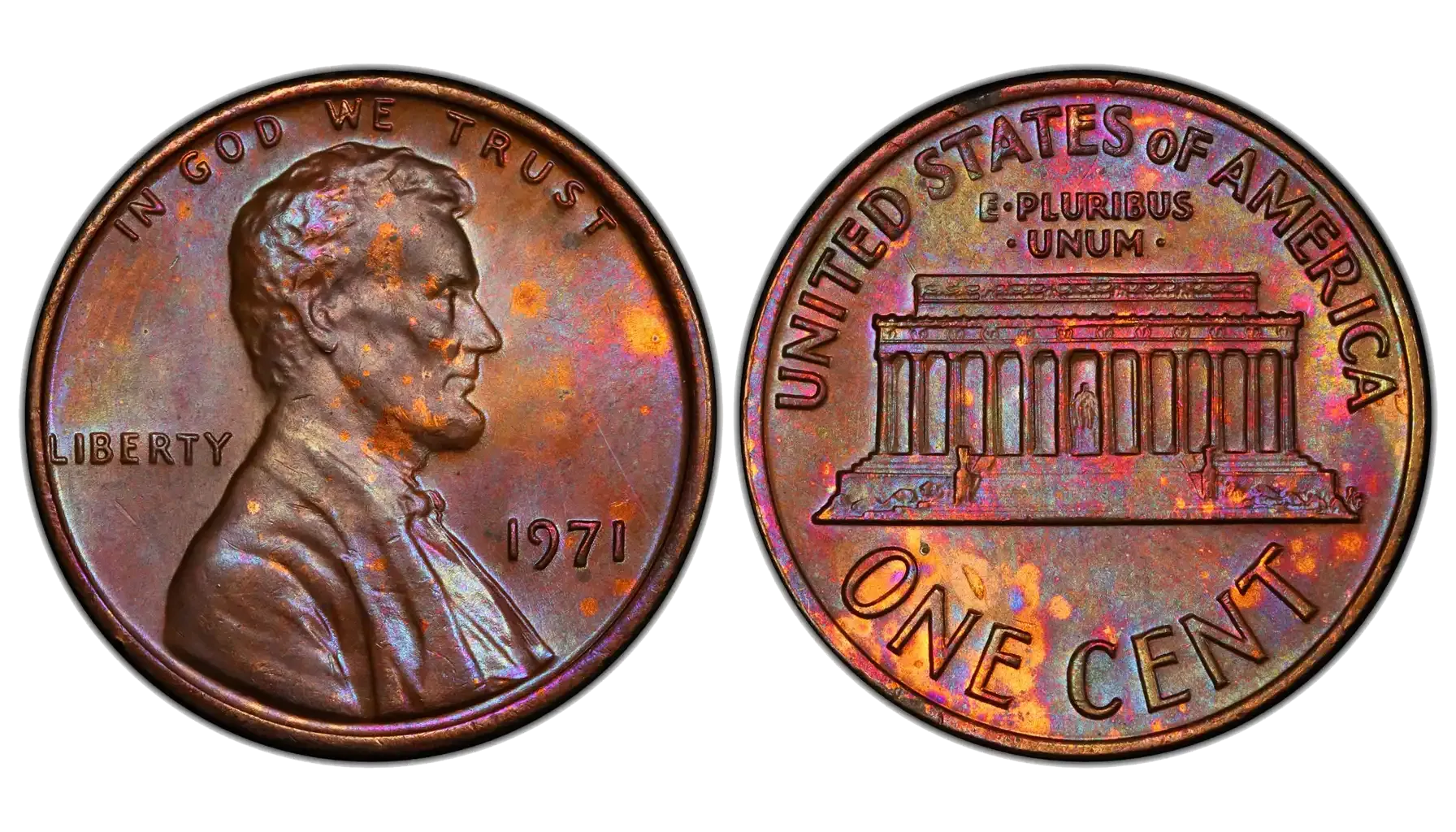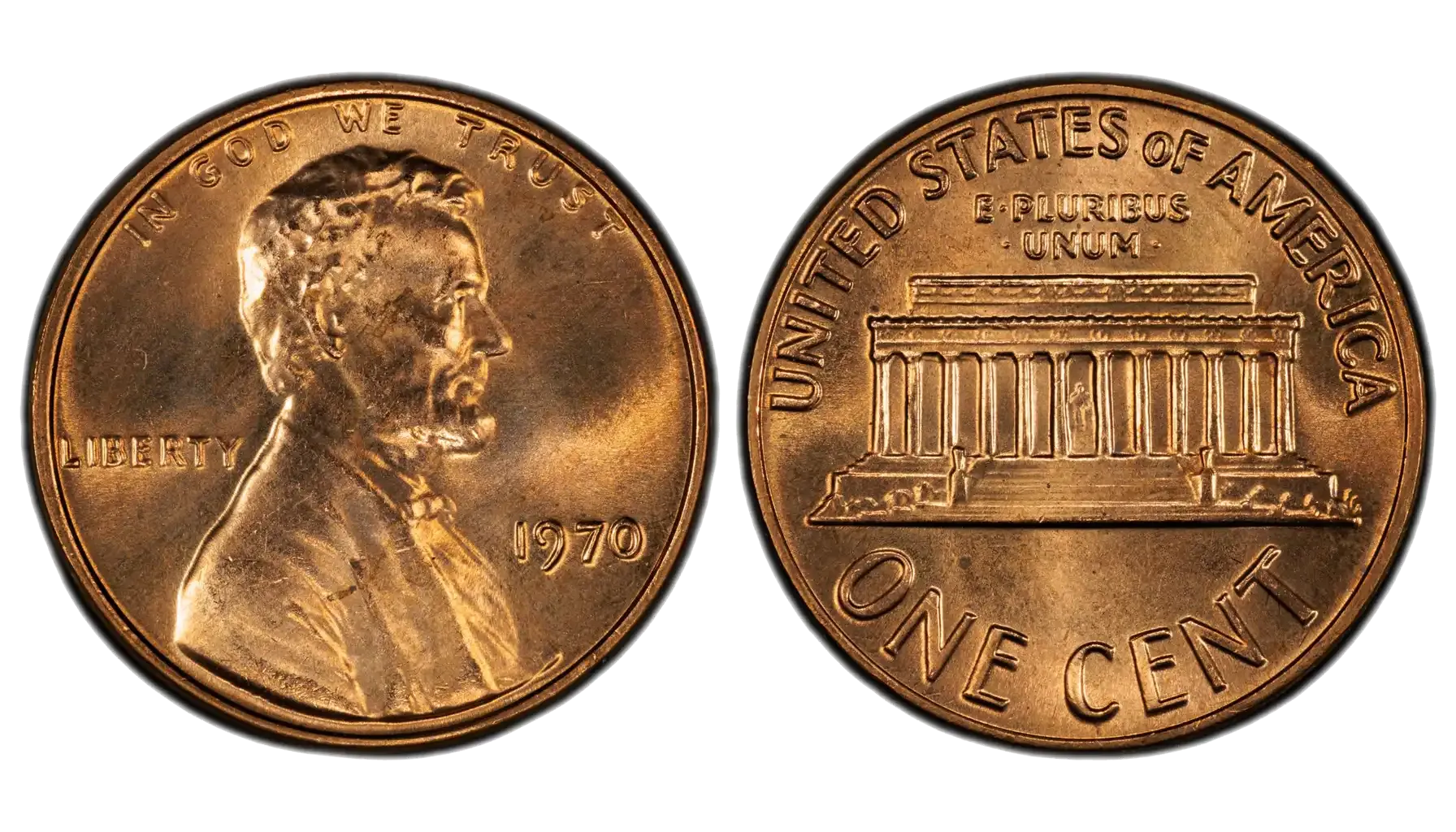Contents:
For nearly 50 years, the wheat cent was one of the most recognizable coins that symbolized the resilience, progress, and artistic merit of the American nation. However, everything has an end, and this numismatic creation was yet to open up the way for new instances to come.
The 1958 Lincoln penny was the last of an era, and its value cannot be exaggerated. In this article, we are going to explore the peculiar journey of a wheat cent in the numismatic market, learn more about its distinctive features, and check coin value at last. The dates are just the numbers, but these numbers on the coins may tell you the truth.
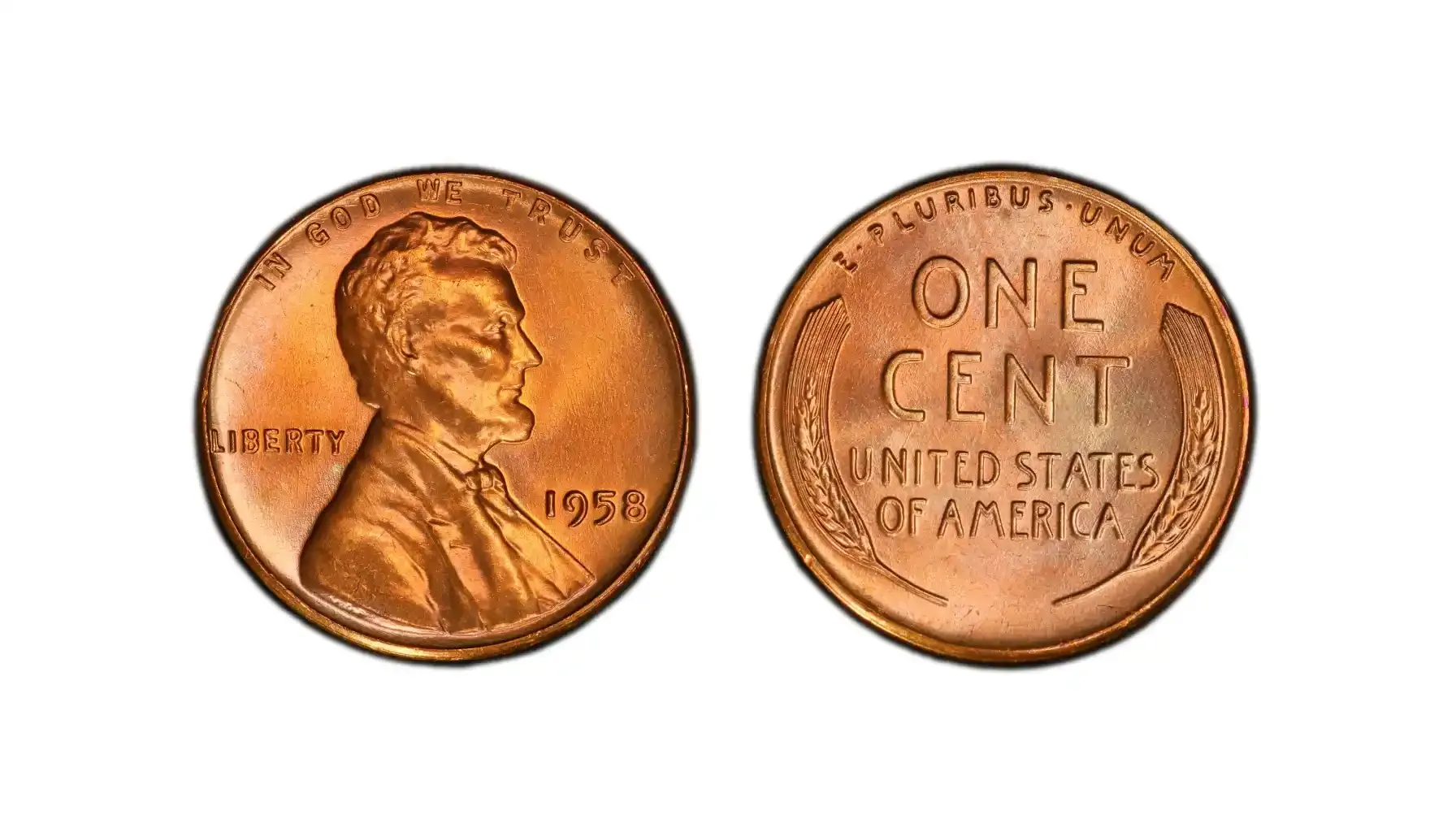
The Rise of the Wheat Cent
By the beginning of the century, there was a need to revitalize the state of the coinage that was prevalent at that time. In particular, Theodore Roosevelt advocated for the US Mint to hire an artist to redesign the coins, pennies not to mention.
As a result of this initiative, in 1909, there was introduced the Lincoln cent, also referred to as the wheat penny, i.e., the first US currency to depict a real person. At first, this creation was meant to commemorate the 100th birthday of Abraham Lincoln, though the success and appeal of the design made it a long-lasting standard. As such, the reverse side featured two wheat stalks, while the obverse depicted a fine Lincoln's profile, designed by Victor David Brenner.
Related article: Canadian Pennies.
The 1958 Penny and Its Significance
As time went by, the wheat penny swiftly established itself as an iconic yet universal item used in daily transactions. What adds a bit more power to this coin is the fact that it was widely employed during the Great Depression, two World Wars, and the post-war boom. Its design remained mostly untouched for almost 50 years!
However, every coin needs a breath of fresh air, however iconic and captivating this may be. By the late 1950s, the US Mint made a decision to alter its design to better represent the changing identity of the country. For a nation, it was vital to recognize the accomplishments of the country rather than honor agriculture only. Hence, the wheat stalks were swapped out and replaced with a picture of the Lincoln Memorial.
The last wheat penny was struck in 1958, and this was the end of an era of the traditional, but old-fashioned (in good sense) American coinage.
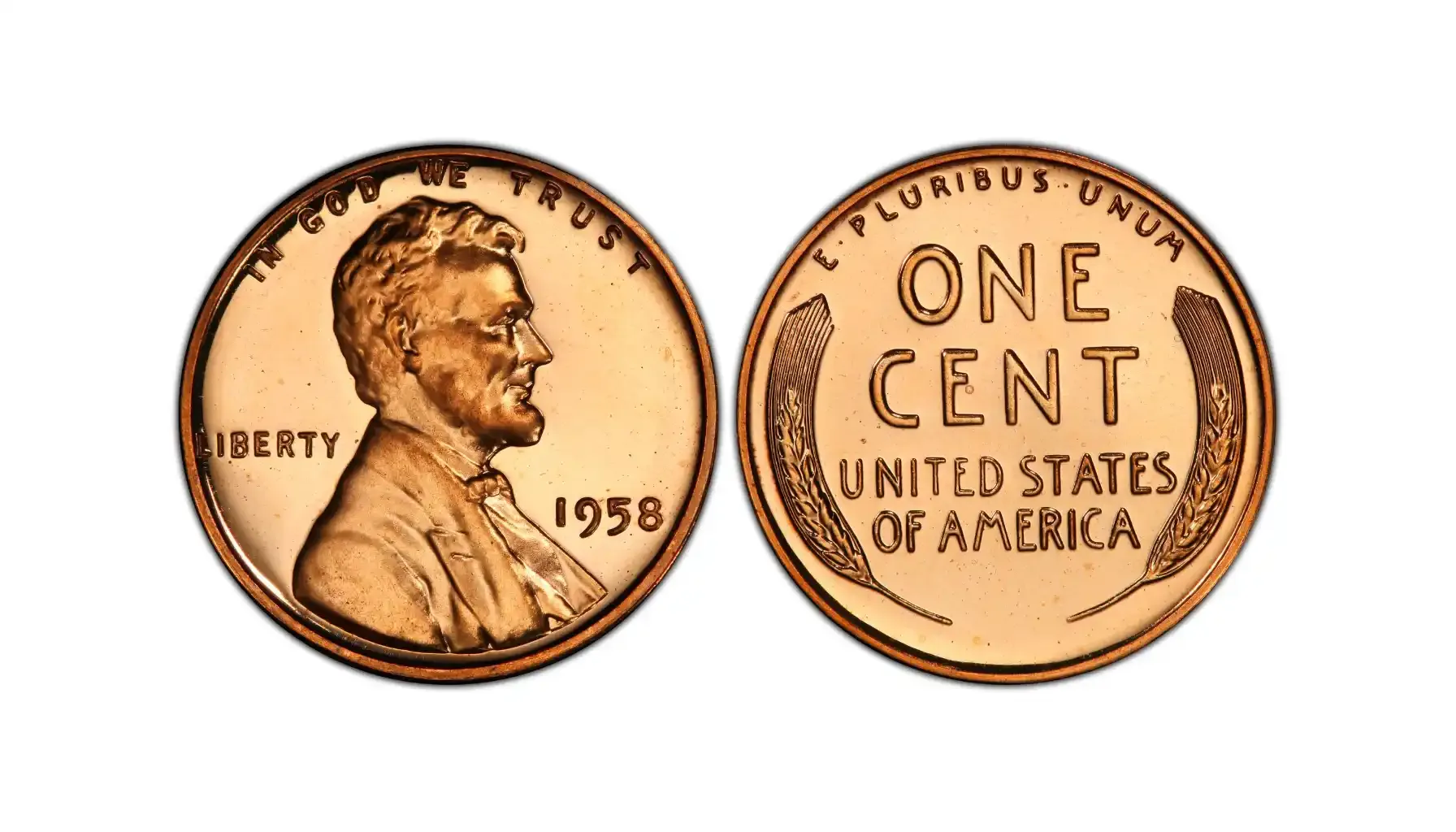
Quickly About the Cultural and Economic Context of 1958
1958 was indeed the year of transformation. First of all, it was characterized by the start of the Space Race, post-war prosperity, and a growing consumer culture, too. The economy gradually recovered from a brief recession with rising wages and increased industrial production. American culture is what we all love and praise, and this was the time when it was being shaped (by the growth of the suburbs, the popularity of television, and the emergence of rock and roll).
In terms of politics, the period known as the Cold War got more intense between the US and the USSR, which resulted in notable scientific and technological breakthroughs (an absurdity to know). In 1958, the United States created NASA as a response to the Soviet launch of Sputnik in 1957. It was only the beginning of a vigorous competition for space exploration.
In the meantime, activists were fighting against inequality and segregation as part of the growing Civil Rights Movement, which laid the foundation for significant social changes over the next ten years. This time of transition had an impact on the decision to retire the wheat penny. In order to upgrade its currency, the US Mint eventually replaced the wheat stalks with the Lincoln Memorial in 1959.
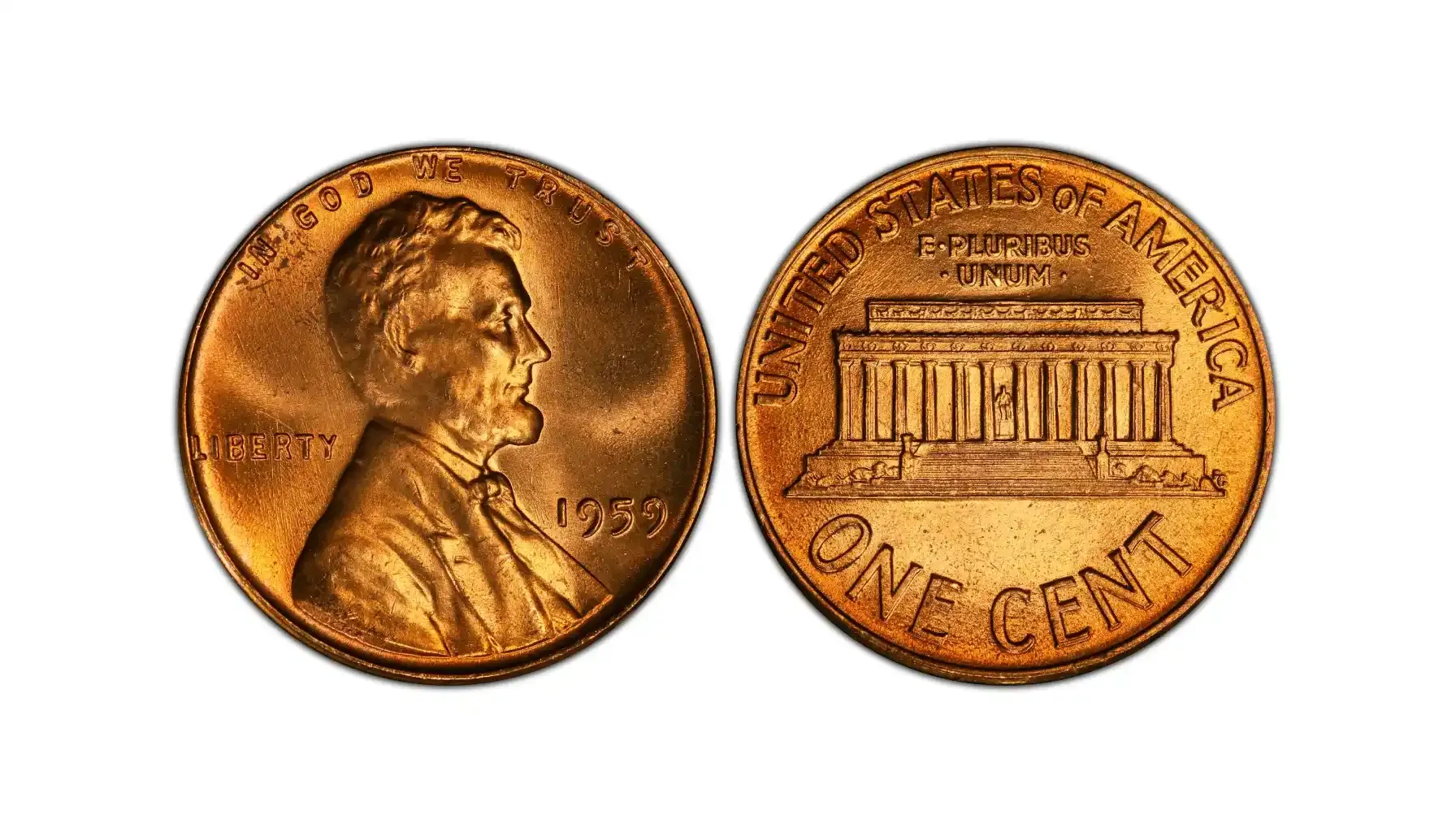
What Does a 1958 Wheat Penny Look Like?
When it comes to appearance, it is essential to understand that the design of a coin in 1909 (1909 VDB Penny is here) was not completely different from the one minted in 1958. The obverse side of the coin displays the right-facing portrait of Abraham Lincoln by Victor David Brenner. The inscriptions located on this side include "IN GOD WE TRUST", "LIBERTY", and the year "1958".
The reverse side, on its part, includes recognizable wheat stalks, which stand for American agriculture and prosperity. The inscriptions "ONE CENT" and "UNITED STATES OF AMERICA" are placed clearly between the two stalks. Above them all, one may notice the classic Latin phrase "E PLURIBUS UNUM" which means "Out of many, one". What about other specifications, by the way?
The one and only app Coin ID Scanner provided us with comprehensive details regarding the 1958 wheat penny. It reveals the least obvious features, analyzes the market, defines the current price for your particular coin scanned via the camera, and helps one identify these instances on the spot.
Physical Stats of the 1958 Cent | |
Metal Composition | 95% copper, 5% tin and zinc |
Weight | 3.11 g |
Diameter | 19.00 millimeters |
Edge | Smooth |
The 1958 wheat cent was produced by two major facilities, i.e., one located in Philadelphia and another in Denver:
Philadelphia Mint – 1958 Wheat Penny No Mint Mark: 252,525,000 pieces
Denver Mint – 1958 D Penny: 800,953,300 pieces
Unless they are in uncirculated condition or have unique deviations, the majority of 1958 pennies, unfortunately, have no numismatic value because of the high production quantities. But their cultural significance is undeniable indeed.
Nevertheless, the 1958 wheat penny errors hold a special place in the numismatic world, with their unique, exclusive imperfection that may look quite interesting, though. Because they are scarce and unique, various mistake varieties, like the famous 1958 Double Die Penny, may sell for high prices. To be more precise, this specific error is one of the most valuable Lincoln-centric variants, with only a few verified instances having been present on the market.
Other minor errors, e.g., die cracks or off-center strikes, also boost the 1958 wheat penny value for good.
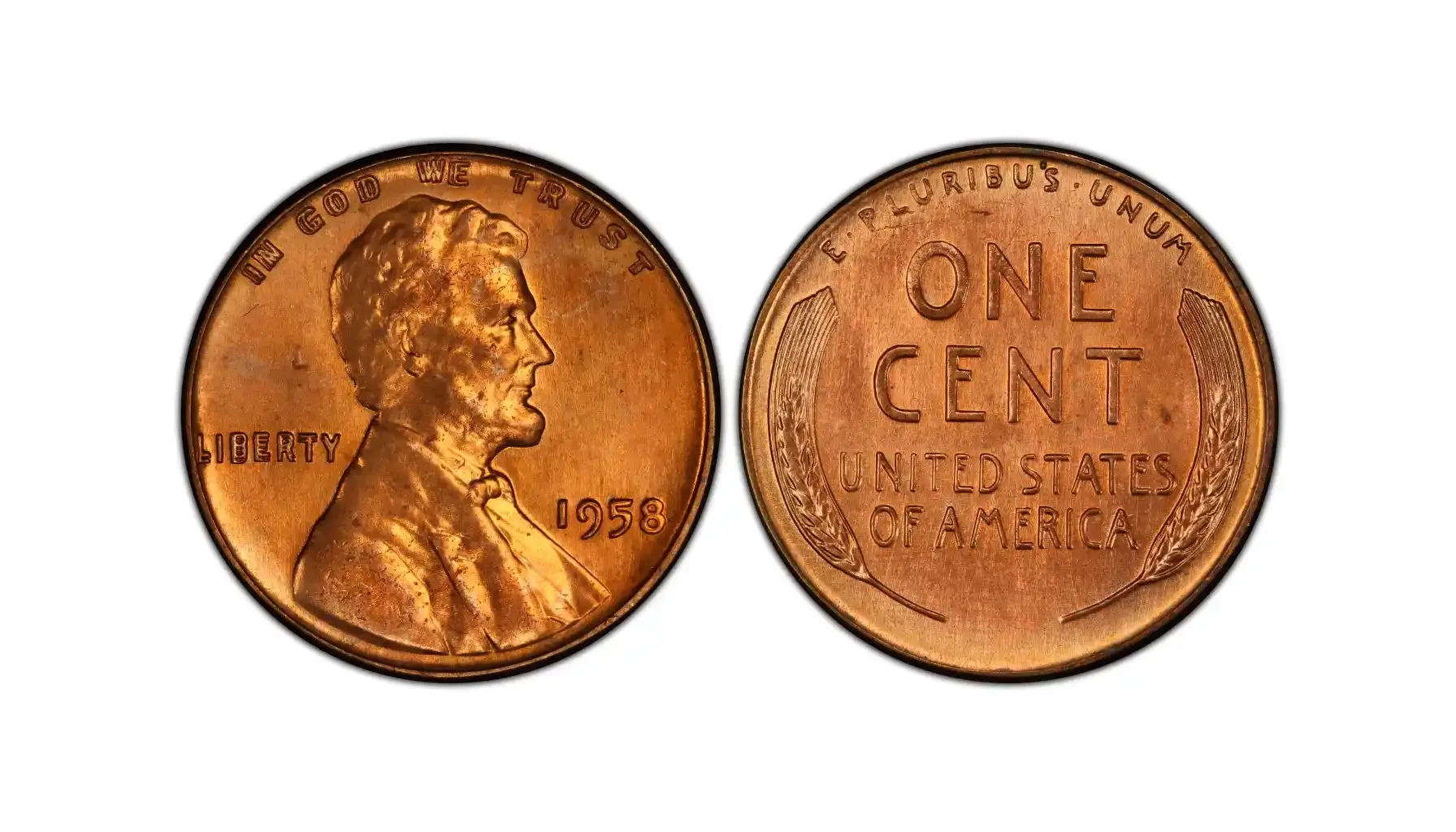
1958 Penny Value and Market Trends to Note
How much is a 1958 penny worth? Well, so as to approximately define the prices and understand how these are formed, it is important to take into account the coin's color and finish when assessing it. The most sought-after coins are designated RD (Red), which means they have at least 95% of their original copper luster left. On the other hand, the value of BN (Brown) and RB (Red and Brown) pennies has generally decreased due to differing degrees of oxidation.
As for the proof coins, there are several names for these attributes. Coins with mirrored fields and a frosted pattern are referred to as CAM (Cameo). DCAM (Deep Cameo) exhibits an even greater contrast with deeply frosted features and highly reflective fields. DCAM proofs are the rarest and most precious.
Type | Grade (The Highest Possible) | Value (Up To) |
1958 1C RD (Regular Strike) | MS67+ | $7,500 |
1958-D 1C RD (Regular Strike) | MS67+ | $3,000 |
1958 1C Doubled Die Obverse RD | MS65 | $1,140,000 |
1958 1C RD (Proof) | MS68+ | $550 |
1958 1C CAM (Proof) | MS68 | $375 |
1958 1C DCAM (Proof) | MS69 | $51,000 |
The 1958 penny worth can fluctuate over time, and the demands and interests of the collectors may change. However, one may never know what the future holds for their coins in the end. Although almost all 1958 pennies are common, peculiar errors, proof variants, and high-grade red instances are always highly valued in the market.
It is a cherished piece of US numismatic history, and it is definitely worth collecting it.


